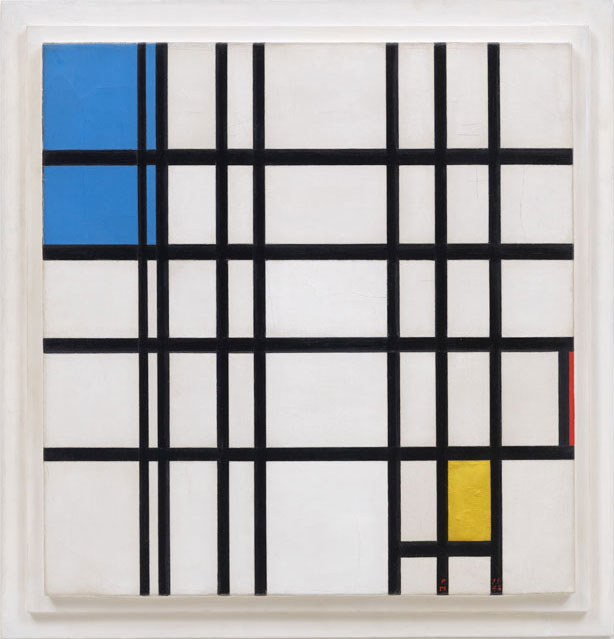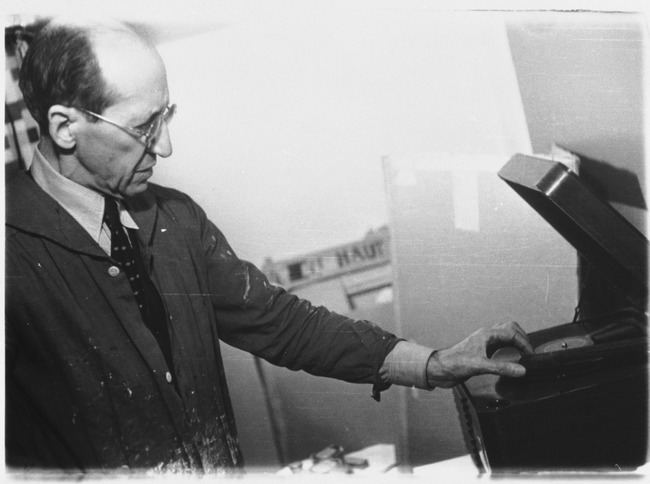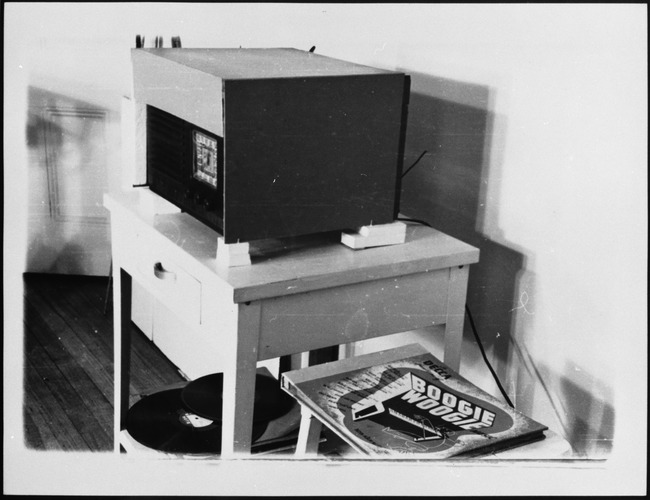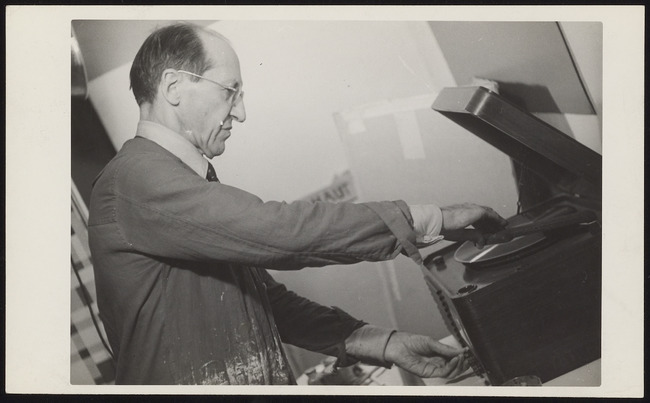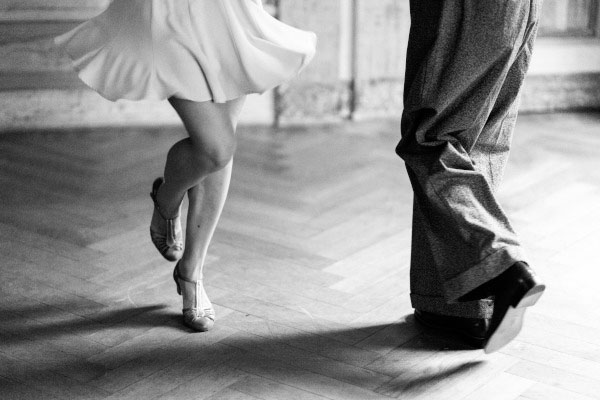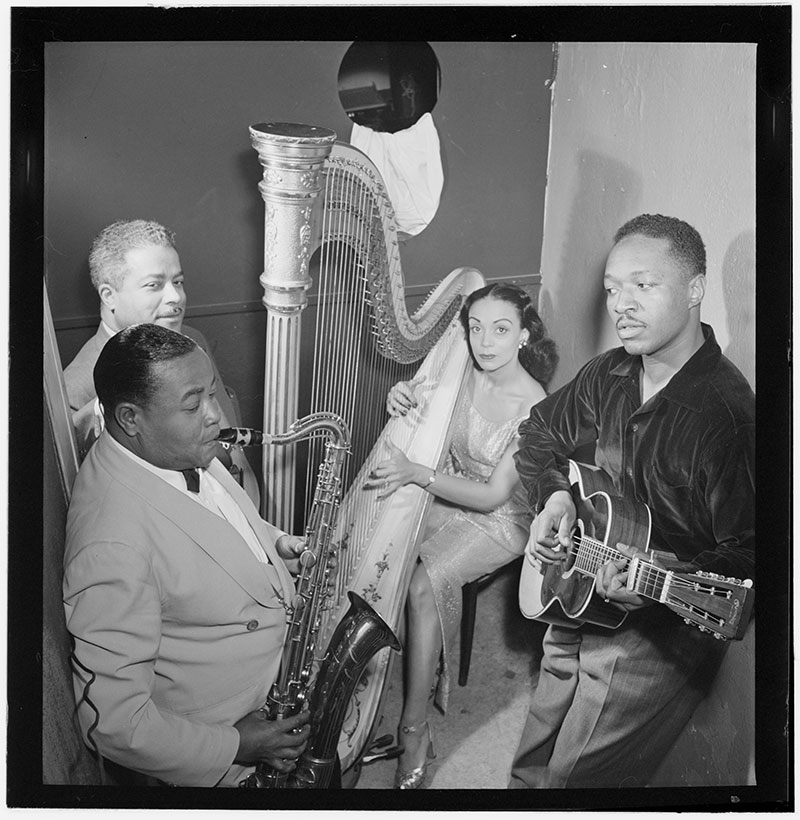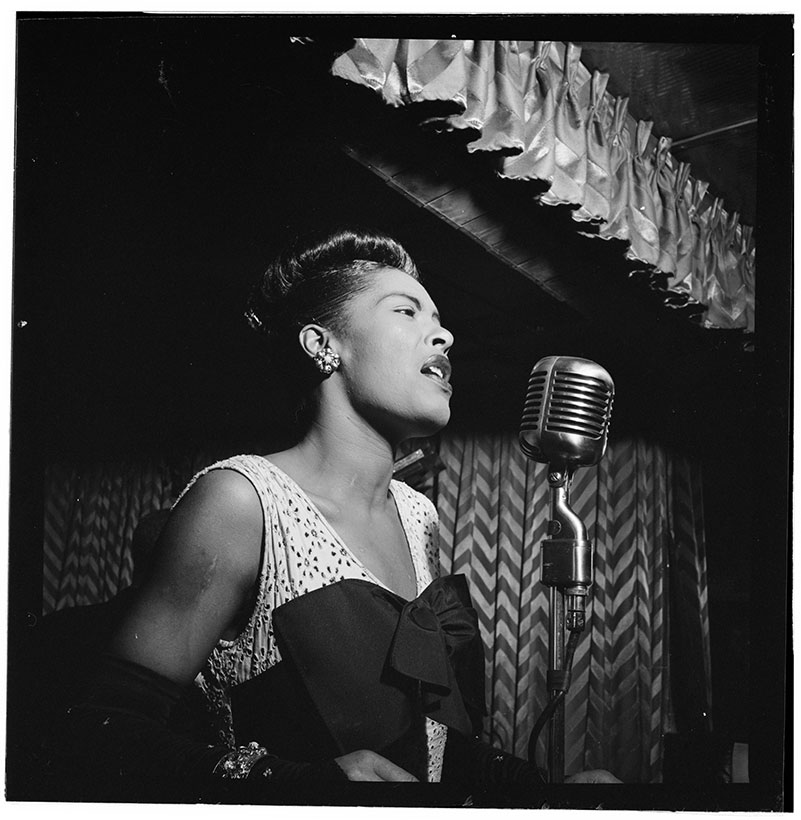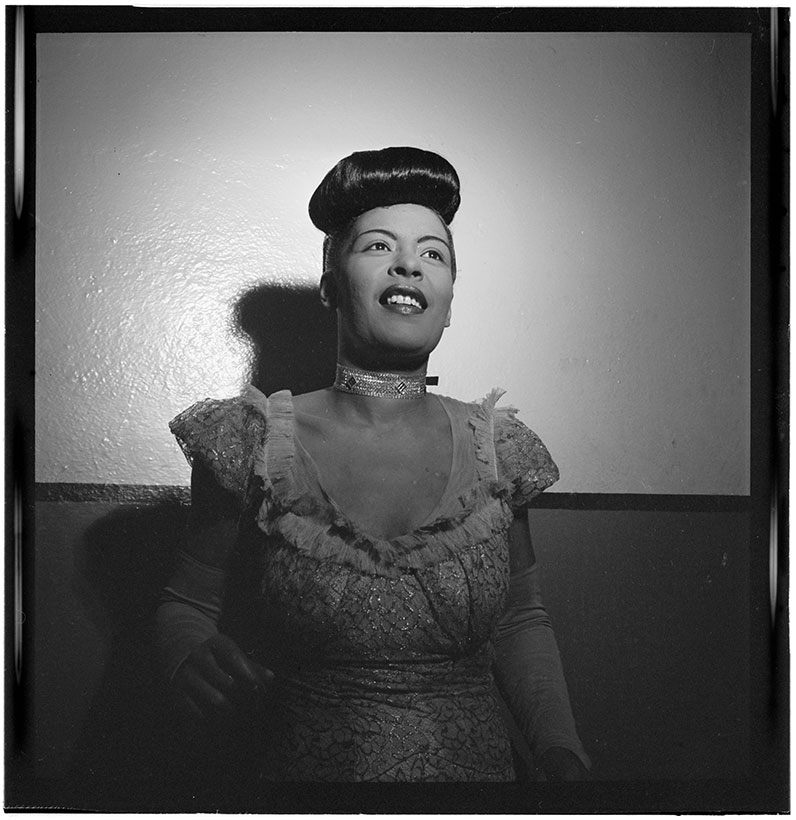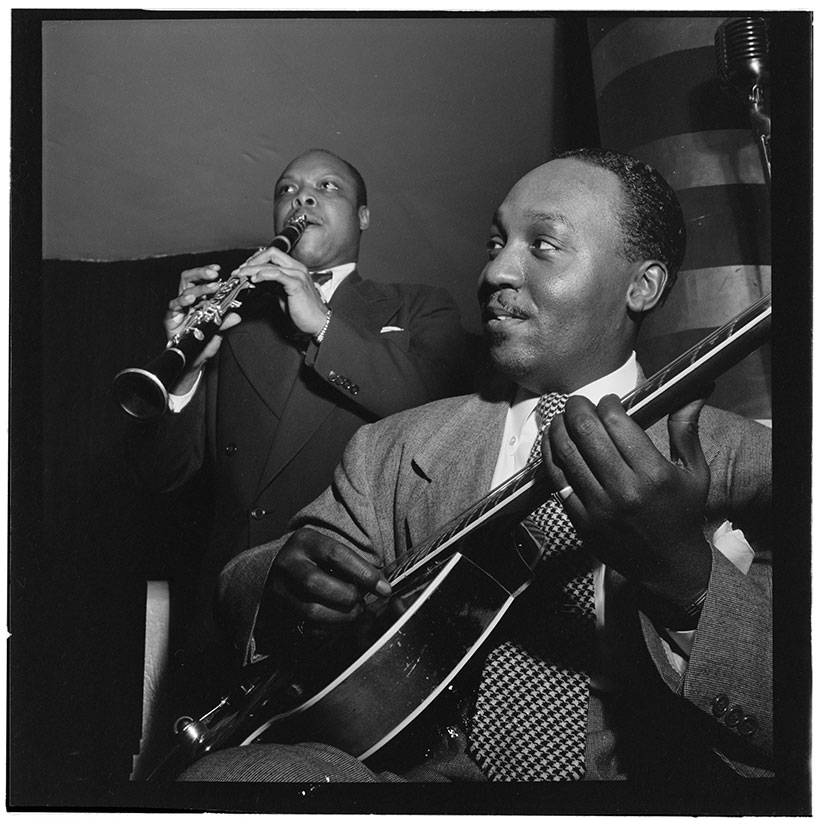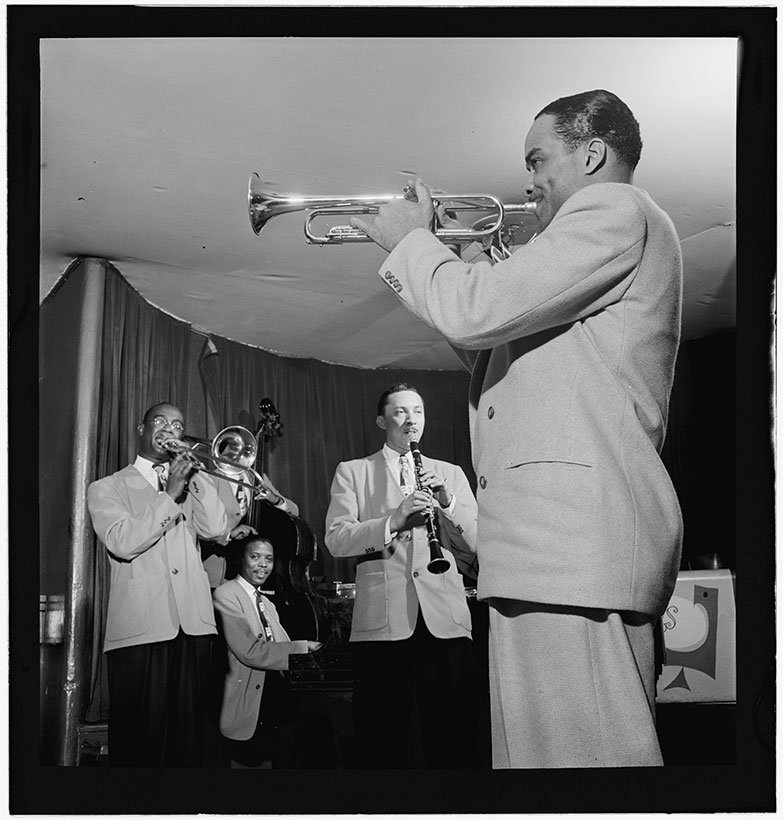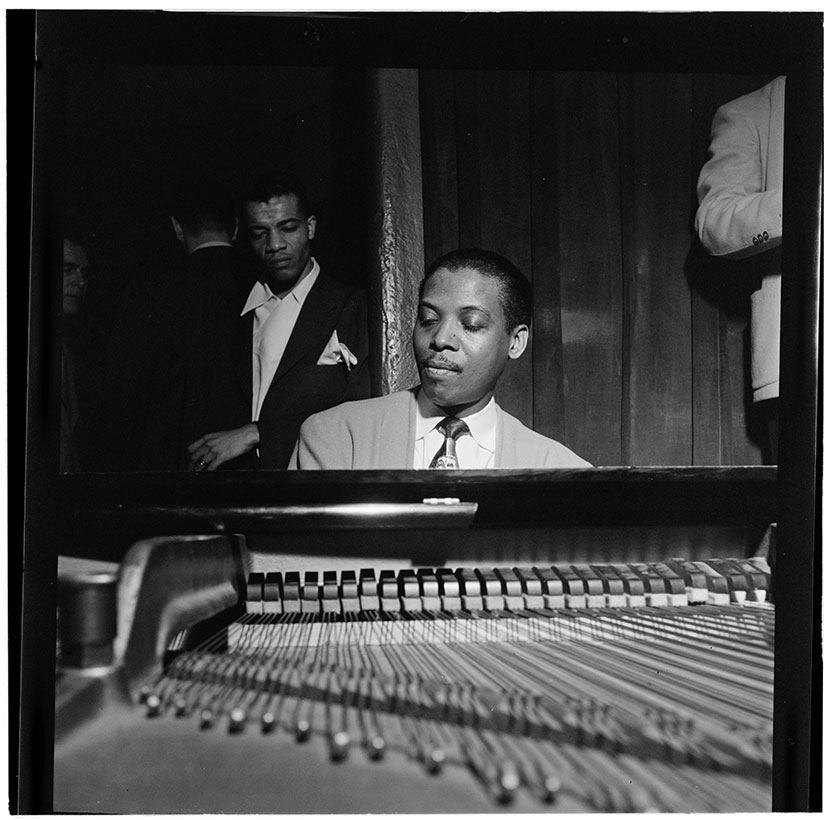1885 — 1907
Connection through Rhythm
Painting, music, and rhythm form a close connection in the work of Piet Mondrian.
To explain his art as well as the theory of Neoplasticism, Mondrian repeatedly uses the term “rhythm.” For him, rhythm can be expressed not only in music and dance, but also in the visual arts. For the visualization of rhythm, which can be seen throughout his entire oeuvre, Mondrian deliberately uses recurring shapes and colors that structure the pictorial surface, as in the early painting “Geinrust Farm in the Mist” (1906–1907).
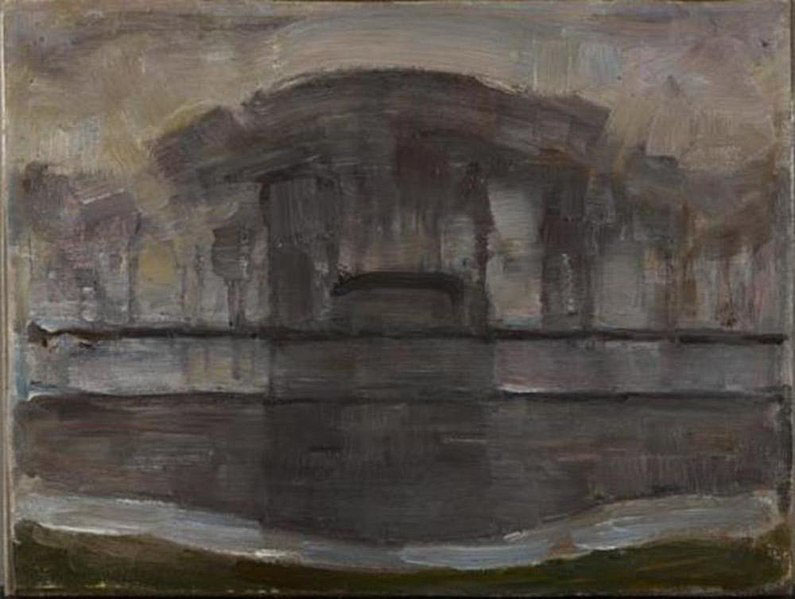
In the late neoplastic works, this can be traced in the tension-filled and never symmetrical compositions. For example, if one looks more closely at “Rhythm of Straight Lines / Composition with Blue, Red, and Yellow” (1937/1942), the viewer’s eye begins to dance along the lines: From right to left, sometimes it speeds up, sometimes the gaze slows down or begins to zoom in or out. Seeing becomes a rhythmic experience.
